28 F high at St. Cloud Sunday.
22 F. average high on January 29. Averages are trending upward again, for the first time in 6 months.
32 F. high temperature in St. Cloud on January 29, 2016.
January 30, 1994: Duluth has a record low of -35.
 Why Does Traditional Media Pray For Big Storms?
Why Does Traditional Media Pray For Big Storms?A
TV news consultant confirmed what I had suspected for 35 years. Bad
weather drives ratings. Viewers (and readers) are more likely to tune in
when the atmosphere is about to unload. No surprises there.
Social
media has diluted this effect. More people are getting weather (and
news in general) from their social media bubbles, which is both blessing
and curse. A tweet rarely provides context; Facebook posts don't
promote perspective.
We can make our voices heard more than ever,
but the "fake news" epidemic is a reminder to rely on trusted sources;
not gossip, rumor or conspiracy theories.
Today's Alberta Clipper
brushes the MSP metro with a light snow/rain mix, but 4 inches of
slushy snow may fall from Bemidji and Duluth to Rice Lake and Eau
Claire. Metro roads stay wet as highs approach 40F. Hints of early
March.
Another clipper next weekend may drop a light accumulation, but no ratings-worthy storms are imminent.
A cold front arrives Super Bowl
Sunday, but nothing like 1977, when subzero chill caused the St. Paul Winter Carnival to be held indoors for the first time.
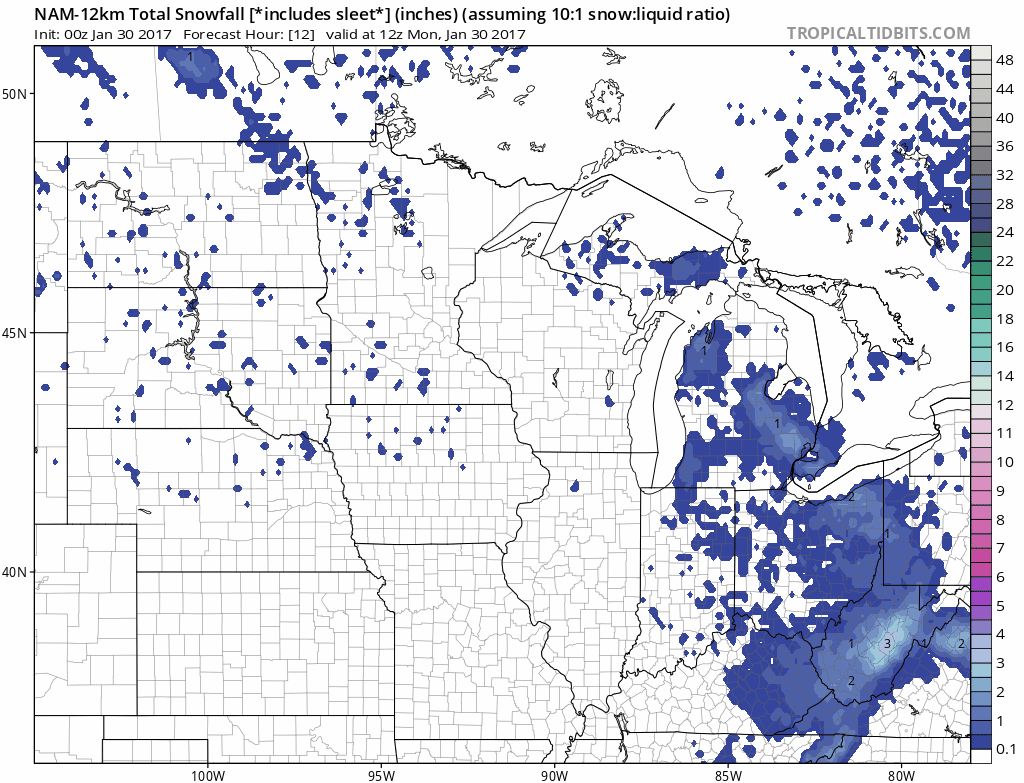 84-Hour Snowfall Forecast.
84-Hour Snowfall Forecast.
Data from NOAA's 12 KM NAM model, showing a carpet of new snow from the
next Alberta Clipper with plowable amounts of snow from Brainerd and
Hayward to Eau Claire, Green Bay and portions of Michigan from today
into Thursday morning. Loop: Tropicaltidbits.com.
More March Than February?
Model trends suggest a fairly mild February as a Pacific flow
dominates; a relatively warm and dry pattern for Minnesota. We do cool
down later this week but next week looks relatively balmy with a streak
of 20s and 30s. ECMWF guidance for the Twin Cities: WeatherBell.
 Weather Map
Weather Map.
The pattern is dominated by a clipper pushing across the Upper
Mississippi Valley into the Great Lakes and new England, while the next
storm pushes into California by Thursday with more heavy rain and
mountain snows. Upslope winds squeeze out more accumulating snow for the
northern Rockies. The southern USA is quiet - for now.
Zonal Flow Dominates.
I don't see evidence of a high amplitude pattern that would bring
bitter air south, sparking major storms in the process - at least not
yet. 500mb winds 2 weeks out are forecast to be roughly west to east,
meaning a warm bias for much of the USA, in spite of sporadic cold
fronts for northern states.
February Preview: Mild Bias Continues.
Every run of NOAA's Climate Forecast System (CFSv2) model has been
trending milder over time in recent weeks - looking ahead to February.
Confidence levels are still low, but I'd wager a stale bagel February
will feel more like a typical March across much of America. Map:
WeatherBell.
Positive Phase of NAO.
NOAA models predict a positive North Atlantic Oscillation into
mid-February, which implies jet stream winds blowing strong enough to
confine the coldest air over Canada. We'll see.
 Winter Warming Trends in the U.S.
Winter Warming Trends in the U.S.
A 5.4 F. warming during meteorologist winter since 1970 in the Twin
Cities? That's not a climate model; that's based on observations from
climate stations positioned well away from the "Urban Heat Island" effect.
Climate Central has more details: "...
Warmer
winters may seem nice at first, but they have major ecological and
economic consequences. While warmer weather extends the growing season,
it also changes the growing zones while also allowing for the survival of agricultural pests and weeds that
normally cannot endure the cold, putting crops more at risk for damage.
Warmer winters could also cause some plants to flower earlier, so by
the time bees and other pollinators emerge in the spring, their food
sources may have already disappeared, causing both bee and plant species
to suffer. Winter snowpack, already on the decline, insulates soils for
trees, provides water for reservoirs later in the year, and reduces
wildfire risk, could disappear if winters continue warming..."
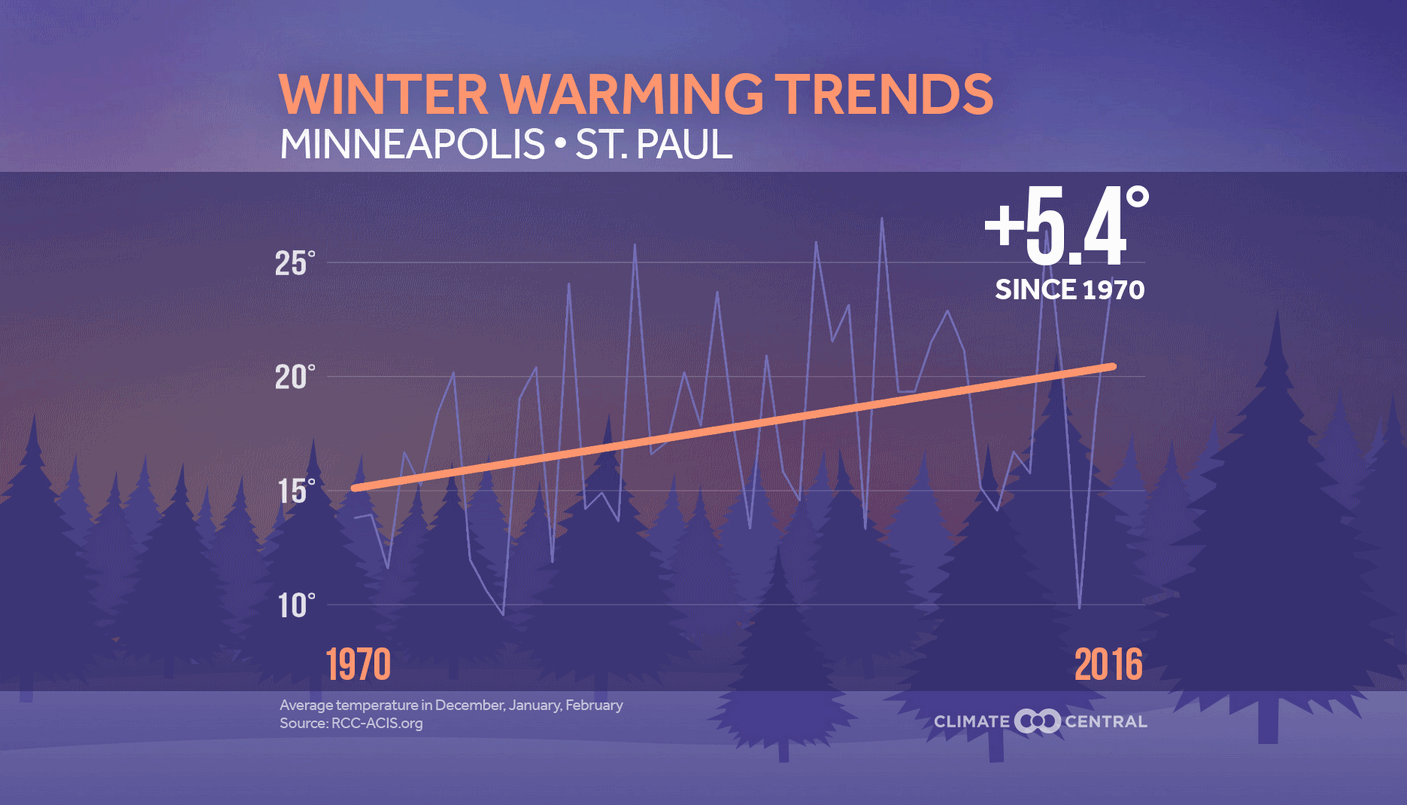
73 Confirmed Tornadoes For January 21-23 Outbreak.
U.S. Tornadoes does a good job of breaking down one of the most violent winter outbreaks on record: "...
This classic high-end severe weather pattern set up the deadliest few days of tornadoes in over a year. It was also among the largest tornado outbreaks on record during the winter. More people were killed in this series of tornado volleys than all of 2016. We also saw the first “High Risk” from the Storm Prediction Center since 2014, although it ended up not being the biggest tornado day of the bunch..."
Map credit: "
January 21-23, 2017 | 73 confirmed tornadoes, 90 reports, 198 warnings, 14 watches."
Jan. 20 SPC event page |
Jan. 21 SPC event page |
Jan. 22 SPC event page
NOAA SPC tracks violent EF-4 and EF-5 tornadoes since 1875
here.
Tornadogenesis: The Missing Link? A paper submitted to the
Bulletin of the American Meteorological Society
focused on new parameters which may help supercells focus vorticity on
the tornado itself; here's an excerpt of the abstract: "...
We find
that tornadogenesis occurs in concert with processes not clearly seen in
previous supercell simulations, including the consolidation of numerous
vortices and vorticity patches along the storm’s forward-flank
downdraft boundary and the intensification of a feature we call a
streamwise vorticity current (SVC), a current of horizontal vorticity
that is tilted upward into the storm’s low-level mesocyclone. The SVC is
found throughout the genesis and much of the maintenance phase of the
tornado, where it appears to help drive the storm’s vigorous low-level
updraft. We compare stages of the storm’s maintenance phase to
observations. We find that tornado decay occurs rapidly throughout the
depth of the tornado and is associated with a weakening of the SVC and
the development of a strong rainy downdraft that encircles the tornado,
which has moved rearward into the storm’s cold pool..."
Building to the Sky, with a Plan for Rising Waters.
The New York Times reports on a growing trend: "...
Along
coastlines and lake shores and riverfronts across the country, tenants
and homeowners, regulators and planners, private developers and public
institutions are embracing the accumulating evidence of climate change
and fortifying buildings and infrastructure against rising sea levels
and ever more intense storms. To an extent that would have been
unimaginable before Hurricane Katrina in 2005 and Hurricane Sandy in 2012, resilient design has entered the vocabulary of architects and engineers in parts of the country at risk of inundation..."
Photo credit: "
The
American Copper Buildings, just right of the Empire State Building,
were designed so that tenants could live in their apartments for at
least a week if the area floods."
Credit Todd Heisler/The New York Times.
How To Opt Out of the Most Popular People Search Sites. Here's an excerpt and link to specific instructions from Lifehacker: "Genealogy
site Family Tree Now made waves when people discovered it can be used
to look up almost anyone’s personal information, even if they’d never
heard of the site before. Addresses, family members, and known
associates are free for anyone to find. Here’s how to protect yourself
from Family Tree Now, Whitepages, Spokeo, and other popular free people
search engines just like it..."
21 Best Beaches in the World. Thanks to National Geographic for the mental health break: "...A
swim through an opening nearly invisible from the sea reveals what
locals call the “hidden beach,” encircled by an impressive rock ring
forming a natural oculus for the sun and sky. Only six visitors at a
time can visit “Love Beach” via approved tour operators such as Punta Mita Adventures...."
Photo credit: "Sun peers through onto Playa del Amor in Marieta Islands, Mexico." Photograph by Miguel Naranjo.

Power of a Meaningful Life.
Chase meaning rather than happiness, and you may wind up being happier
(and more content) in the process, argues the author of a new study at
Scientific American: "...
I
don’t think there’s anything wrong with feeling happy, but I think that
setting happiness as your goal and relentlessly chasing it can lead to
problems. Research shows that being fixated on happiness can actually
make people feel lonely and unhappy—and that the happy life is
associated with being a “taker,” to use the language of Wharton’s Adam
Grant. But it’s different with meaning. Leading a meaningful life leads
to a deeper sense of contentment and peace, and it’s linked to being a
“giver” rather than a “taker.” The happiness frenzy distracts people
from what really matters, which is leading a meaningful life..."
TODAY: Quick shot of wet snow and rain; roads stay wet in the metro after 9 AM. Winds: SW 10-15. High: near 40
MONDAY NIGHT: Wet snow, maybe an inch of slush. Low: 30
TUESDAY: Flurries, wet roads during the day. Winds: NW 10-20. High: 36
WEDNESDAY: More clouds than sun, chilly. Winds: NW 10-15. Wake-up: 17. High: 23
THURSDAY: More sun, cooler than average. Winds: NW 8-13. Wake-up: 7. High: 19
FRIDAY: Mix of clouds and sun, dry. Winds: W 8-13. Wake-up: 6. High: 25
SATURDAY: Period of light snow develops. Winds: S 5-10. Wake-up: 13. High: 29
SUNDAY: Flurries taper, risk of football on TV. Winds: NW 10-20+ Wake-up: 15. High: 27
Climate Stories...
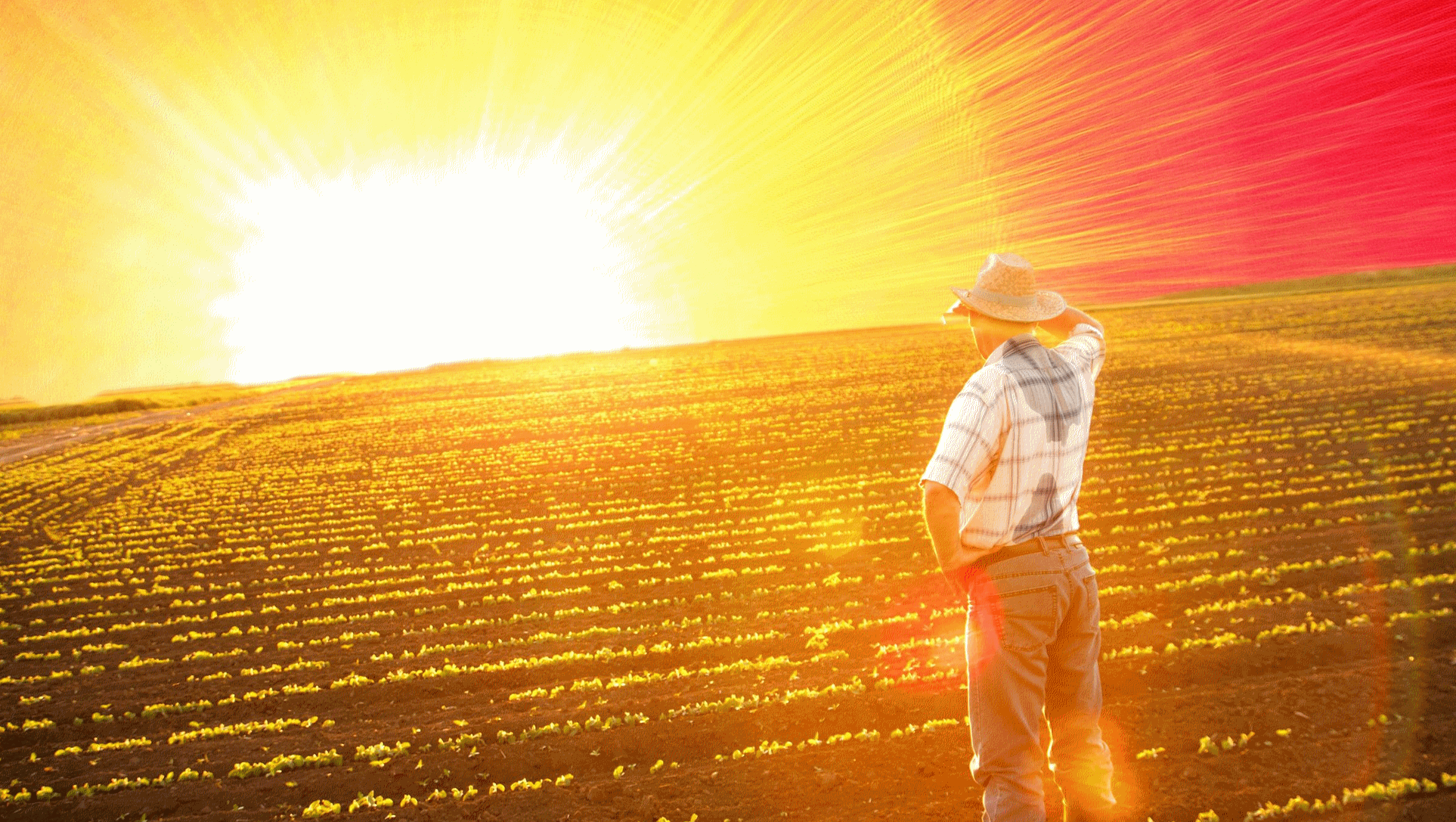
In America's Heartland, Discussing Climate Change Without Saying "Climate Change". I
have talked to farmers from Michigan to Minnesota, Iowa and South
Dakota, and to a person they come up after my presentation to privately
tell me about the changes they've witnessed on their farms. They may not
call it climate change, but they know the climate has changed - they
are on the front lines. Here's an excerpt of an excellent piece at
The New York Times: "...
No-till
farming addresses a dire problem facing American farmers: Almost 1.7
billion tons of topsoil are blown or washed off croplands a year, according to
the Department of Agriculture, resulting in billions of dollars in
losses for farmers. Keeping the soil healthy and covered also reduces
evaporation by 80 percent, helping farmers conserve water, the
department estimates. Farmers like Mr. Palen also happen to be
protecting a vast and valuable carbon sink, making him an ally to
climate-change campaigners. The soil traps far more carbon in its depths
than all plant and animal life on the earth’s surface, scientists
estimate. A 2013 study
estimated that no-till and other restorative farming methods could
achieve up to 15 percent of the total carbon reduction needed to
stabilize the climate..."
Photo credit: Omar Bustamante, FUSION.
2016 Was 20th Consecutive Warmer-Than-Average Year for USA. Here's an excerpt from
Climate Central: "...
The
temperature for the contiguous U.S. was 2.9°F above the 20th century
average for 2016, displacing 2015 and ranking only behind 2012, when
searing heat waves hit the middle of the country. More notable than the
back-to-back second place years, Arndt said, was that 2016 was the 20th
consecutive warmer-than-normal year for the U.S. and that the five
hottest years for the country have all happened since 1998. Those
streaks mirror global trends, with 15 of the 16 hottest years on record
occurring in the 21st century and no record cold year globally since 1911..."
Sea Level Rise Estimate Grows Alarmingly Higher in Latest Federal Report.
InsideClimate News has details: "...
Sea
level rise will likely be worse in some regions of the U.S. because of
ocean currents, wind patterns and settling sediments. The authors
examined six scenarios with a range of probabilities in an effort to
help state and local governments plan for sea level rise. Under all of
them, the Northeast should expect higher waters
than much of the rest of the globe. The Pacific Northwest and Alaska
would likely experience lower-than-average increases under the best-case
scenarios. "The ocean's not flat," said William V. Sweet, one of the authors and a scientist at NOAA. "It's not going to rise like water in a bathtub..."
Researchers Report New Understanding of Global Warming. In this case a "more efficient" Earth heat engine may not be such a good thing. Here's an excerpt of a press release at
Eureka Alert: "...
While
the researchers reported that the total mechanical energy of the global
atmosphere remains constant over time, there has been a significant
increase in what they describe as "eddy energies," or the energies
associated with storms, eddies and turbulence. Li said the positive
trends for eddy energies were especially pronounced in the southern
hemisphere and over parts of Asia, and the researchers point out that
intensifying storm activity over the southern oceans and increasing
drought in Central Asia contribute to the positive trends. "This is a
new perspective to explain global warming from an energy standpoint," he
said..."
Image credit: "
The background image of
Earth was obtained by NASA's Earth Polychromatic Imaging Camera aboard
NOAA's Deep Space Climate Observatory. (Credit: NASA. http://epic.gsfc.nasa.gov).
The curves are the time series of the dissipation of the total kinetic
energy, which is used to measure the efficiency of the global atmosphere
as a heat engine during the modern satellite era (1979-2013)." University of Houston.
The New Battle Plan for the Planet's Climate Crisis. Here's an excerpt from a Bill McKibbon post at
RollingStone: "...
This
happy picture depends on ignoring the side effects of fossil-fuel
burning. The biggest study to date shows that 100 million people in
developing countries will die from fossil-fuel combustion between now
and 2030 – some from the effects of global warming, but more from
breathing smoke. Beijing closed its schools in mid-December because the
smog was too bad to go outside; in New Delhi, an estimated half of the
city's 4.4 million children now have irreversible lung damage. That's
why China and India are trying desperately to move away from fossil
fuels: China's coal consumption has begun to slide, and India has
announced a moratorium on new coal-fired power plants. Oklahoma may
still be enamored with fossil fuels, but the rest of the planet is
moving on..." (Image credit: NASA).
Miami Beach to Begin New $100 Million Flood Prevention Project In The Face of Sea Level Rise. The Miami Herald has the story: "
With
Miami Beach set to break ground this year on the most ambitious piece
yet of its aggressive anti-flooding project, some homeowners are worried
that raising streets to keep them dry will cause flooding on their
properties. The city will embark on a $100 million project to raise
roads, install pumps and water mains and redo sewer connections during
the next two years across a swath of single-family homes in the La Gorce
and Lakeview neighborhoods of Mid-Beach. A sizable chunk of a citywide
effort estimated to cost $400 to $500 million, the work is meant to keep streets dry in the face of sea level rise..."
Photo credit: "
Cars wade through the king tide water on North Bay Road in 2015." Walter Michot.
Read more here: http://www.miamiherald.com/news/local/community/miami-dade/miami-beach/article129284119.html#storylink=cpy
Read more here: http://www.miamiherald.com/news/local/community/miami-dade/miami-beach/article129284119.html#storylink=cpy
Read more here: http://www.miamiherald.com/news/local/community/miami-dade/miami-beach/article129284119.html#storylink=cpy
Crazy Times in the Arctic. Mark Serreze, Director of the National Snow and Ice Data Center in Boulder, CO has a post at
EARTH Magazine: "...
One
could argue that these events are just expressions of natural
variability in Arctic climate superimposed upon the overall pattern of
warming and sea-ice loss. But changes in extreme weather and climatic
events in recent years have been well documented around the world. Heat
waves have tended to be hotter, and a warmer atmosphere can hold more
water vapor, raising prospects for excessive precipitation. Random
extreme events have always been a part of the climate system, but by
loading the atmosphere with greenhouse gases, we’ve also loaded the
dice. Are the recent events in the Arctic examples of what we’ll be
seeing more of in the near future? Time will tell. But after studying
the Arctic and its climate for three and a half decades, I have
concluded that what has happened over the last year goes beyond even the
extreme."
Graphic credit: "
Measurementsof
sea-ice extent are collected daily. The gray curve in this time series
indicates the average sea-ice extent for October through February from
1981 to 2010, with the two-standard-deviation uncertainty represented
by the shaded area. The blue curve indicates measures for the current
season through Jan. 10, while the dashed green curve representing
2011-2012 is shown for comparison." Credit: NSIDC.
Essay: Meteorologists and the Sacred Position Betweeen People and Science. The threats are short term and long term. We ignore scientists at our own peril. Here's an excerpt from
The Daily Home: "...
Serious
scientists and public health leaders, and Pentagon leaders, are gravely
concerned about climate change. We fear that the violent storms,
floods, droughts, sea level rise and loss of agriculture associated with
climate change will cause migrations hundreds of times larger than the
displacement from Syria. An important aspect of this is that I really
want to acknowledge and to thank meteorologists for very important work
and outreach informing the public about weather threats. I would assert
that both physicians and meteorologists are in a daunting and sacred
position between people and the world of science. In meteorology the
systemic disorder is climate heating as a result of climate forcing
gases. I worry deeply about the future of my country, about environment
and health, about our economy and about our security threats. Some will
likely say that it is not meteorologists’ job to report on longer-term
and global threats, such as climate. In response here’s a medical story..."
Rain from Thunderstorms is Rising Due To Climate Change. Something I've been witnessing for the better part of 15 years, and I'm hardly the only meteorologist tracking these trends.
Scientific American has the story: "
Across
a vast swath of Europe and Asia, rain is increasingly falling in the
short, localized bursts associated with thunderstorms, seemingly at the
expense of events where a steady rain falls over many hours, a new study
finds. The study, detailed Wednesday in the journal Science Advances, directly links this trend to the warming and moistening of the atmosphere caused by rising greenhouse gas levels.
The results fit with rainfall trends already observed in the U.S., as
well as model predictions that massive rains associated with
thunderstorms could become both more frequent and more intense in the
U.S. as the world continues to heat up. The shift toward more extreme
rains could have implications for water management and flooding because
the ground is less able to absorb rainwater when it falls all at once..."


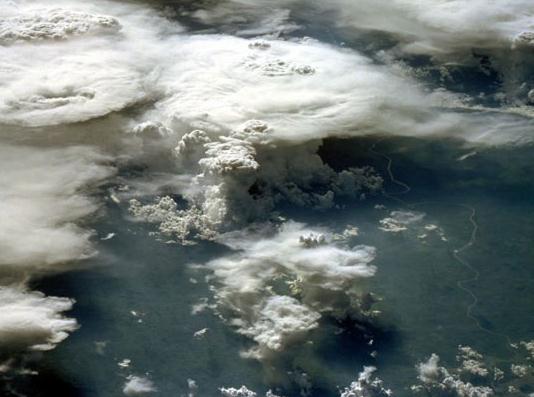

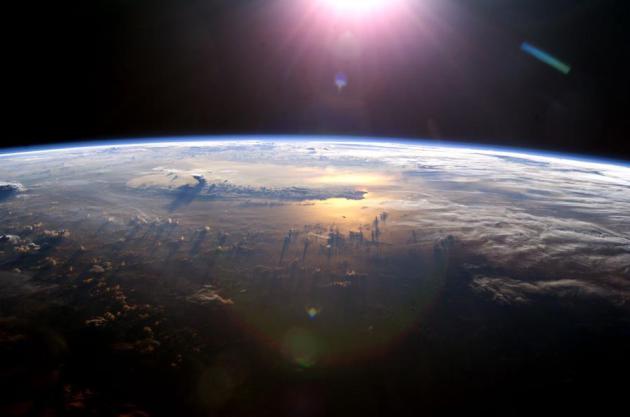

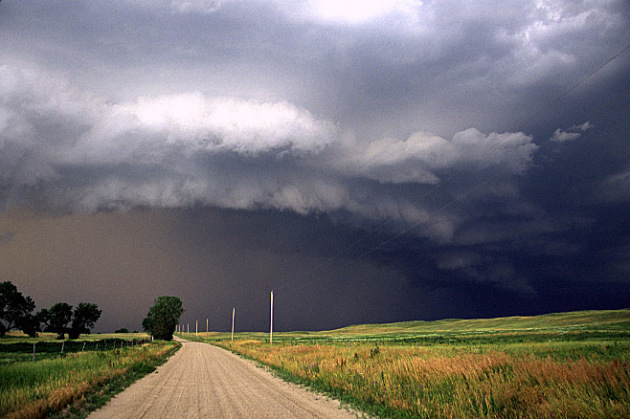
No comments:
Post a Comment